If you’ve recently had your oil changed and are experiencing low oil pressure, don’t panic! It’s not unheard of for this to occur after an oil change.
Here in this blog post, we’ll address the top 7 reasons why this might occur as well as provide tips on how to resolve the issue.
Keep reading to find out more!
Key Takeaway
- The most common causes of low oil pressure after an oil change are worn-out engine bearings, low engine oil, wrong viscosity oil, dirt in the oil pick-up tube, worn oil pump, oil leaks, and dirty oil filter.
- Low oil pressure symptoms include an illuminated oil pressure warning light, diminished engine performance, a burning oil smell, unusual engine noise, engine overheating, and in severe cases, poor acceleration and rough idling.
What Causes Low Oil Pressure After Oil Change?
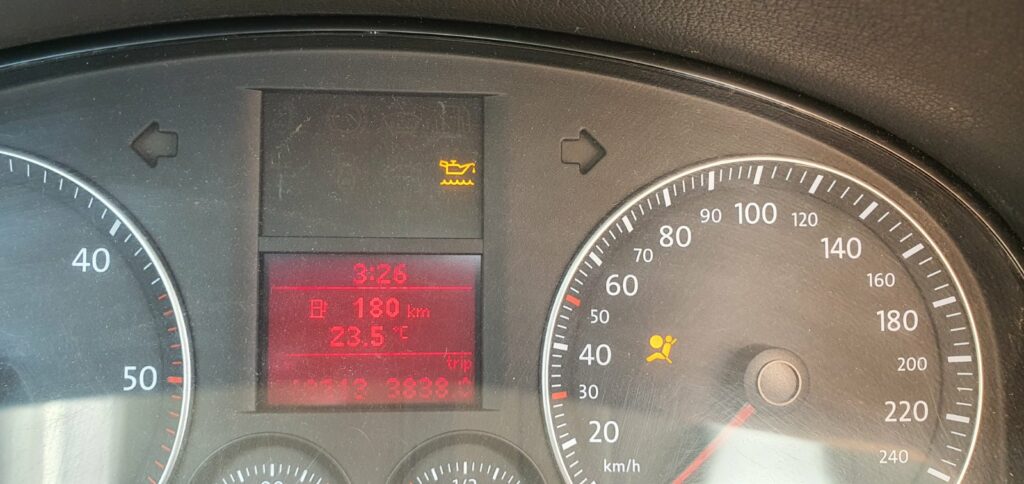
Many car owners experience low oil pressure after an oil change, regardless of who performed the service. Low pressure after an oil change can be due to human error or an underlying engine problem that was never noticed before.
Here are the most common causes of low oil pressure after an oil change:
1. Worn engine bearings

Low oil pressure can be caused by worn engine bearings. Bearings support the moving parts of an engine, such as the crankshaft and connecting rods. Over time, bearings become worn down from heat and friction, increasing clearance between them and their journal.
This increased clearance causes a drop in oil pressure because less oil is being pumped to the bearings.
Engine bearings are an integral component of a car’s engine, supporting the crankshaft and enabling it to rotate smoothly. Bearings are usually constructed from metal, either cylindrical or ball-shaped depending on what type of engine you have.
As the crankshaft turns, bearings reduce friction between surfaces by protecting metal surfaces from wear. Furthermore, bearings absorb shocks and vibrations for passengers on long journeys.
In some cases, worn bearings may produce knocking or ticking noises. If you suspect your bearings are worn, have them checked by a mechanic immediately; neglected bearings can lead to engine failure if not replaced promptly.
2. Low engine oil

Low oil pressure can be caused by a variety of reasons, but one of the most prevalent is low engine oil levels. When your car’s oil level drops, it causes the oil pump to work harder and results in reduced pressure from the pump.
Engine oil’s primary purpose is to lubricate the moving parts in your car’s engine. By doing this, it reduces friction between these elements, prolonging their life expectancies and avoiding mechanical breakdowns.
Engine oil serves two roles: it acts as a lubricant and also a coolant for the engine, keeping all those moving parts cool down if not circulated through the system. Without adequate cooling, heat generated from those moving parts can quickly build up in an engine if not kept at a safe level by circulating oil throughout its system.
Furthermore, if the oil in your car is old and has broken down, it may not provide adequate lubrication, leading to low oil pressure. If you believe your vehicle’s oil level may be low, check it immediately and top up if necessary.
3. Wrong viscosity
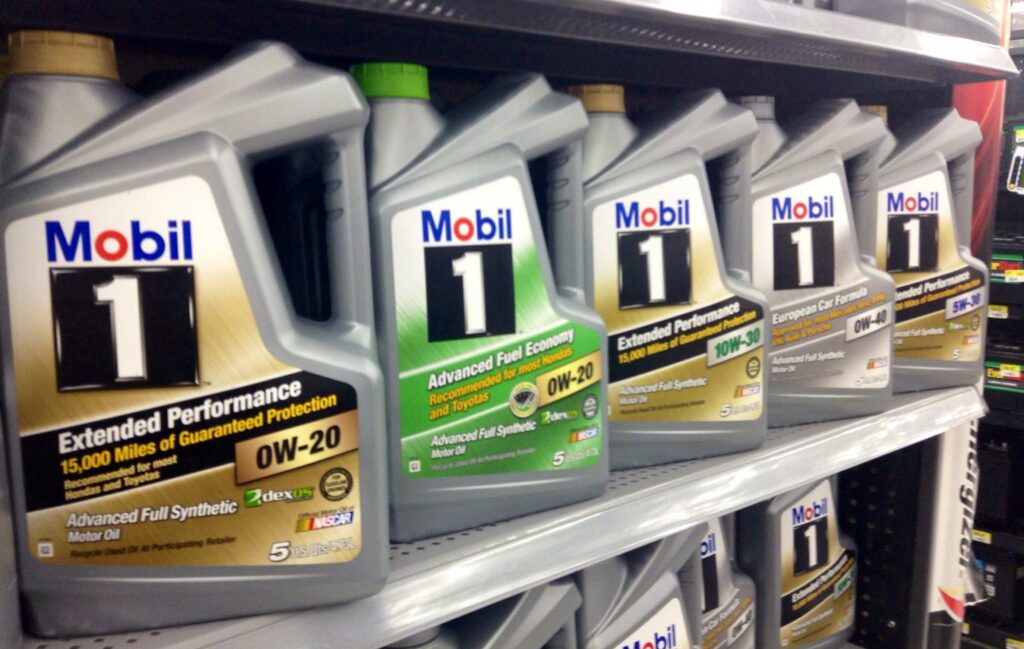
Low oil pressure is a common issue that can be caused by several factors, including using the wrong viscosity oil. Viscosity refers to an oil’s thickness; if it’s too thick for your engine, it won’t flow properly and could result in low-pressure levels. Conversely, using too thin an oil also poses risks.
Your engine’s oil may not provide adequate protection, leading to premature wear. Therefore, consult your owner’s manual or a qualified mechanic when selecting the correct oil for your car. Using incorrect viscosity oil is one of the leading causes of low oil pressure – be sure to get it correct for optimal engine performance.
4. Dirt in the oil pickup tube
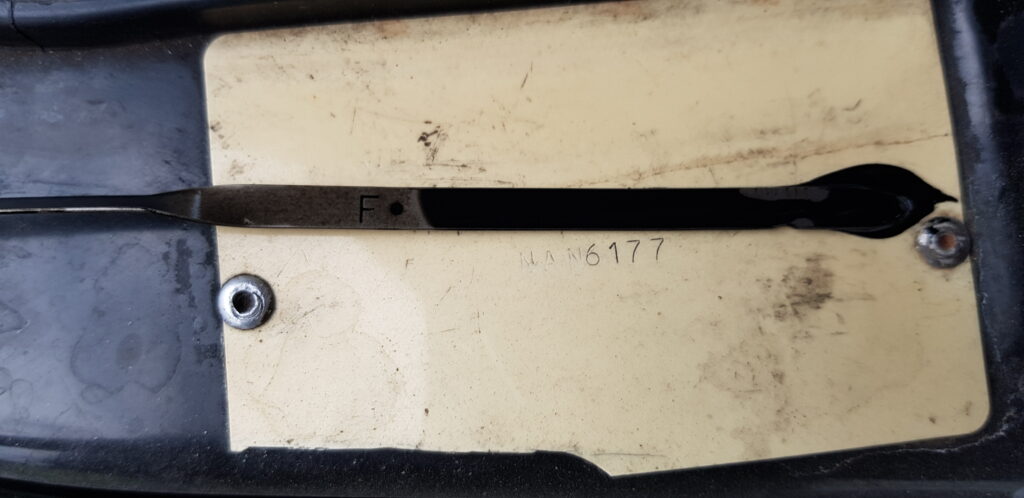
Another possible cause of low oil pressure can be dirt in the oil pickup tube. This small but essential component of your car’s engine helps it run optimally by drawing oil from its crankcase and delivering it to where it’s needed most: inside the engine!
The oil pick-up tube is responsible for collecting oil from the bottom of an oil pan and delivering it to the engine. With time, however, this pan can become filled with sludge and debris which then lodges in the oil pick-up tube, restricting oil flow to your engine and leading to low oil pressure.
In some cases, replacing the entire oil pick-up tube may be necessary to resolve this issue. However, if caught early enough, it may be possible to clean out and restore normal flow within the tube.
5. Worn oil pump

The engine oil pump’s role is to continually circulate engine oil throughout the entire system at a precise pressure, keeping all moving parts well lubricated and protected. This helps minimize wear and tear on crucial components, ensuring your car’s engine runs efficiently for many years into the future.
Additionally, the oil pump plays an essential role in controlling your car’s engine temperature by controlling how much heat is allowed into the system.
By doing this, you can ensure your vehicle doesn’t suffer from overheating or other problems caused by excessive friction within its components. In conclusion, having a functioning oil pump is vital for keeping your car running optimally for extended periods of time.
If your car’s oil pressure is low, it could be due to a worn oil pump. The pump circulates oil throughout the engine and over time may wear out; when this occurs, the system won’t be able to circulate oil properly – leading to low pressure and other symptoms associated with an unhealthy pump.
If you suspect your vehicle has this issue, take it in for inspection by an experienced mechanic who can determine whether or not a replacement is necessary.
6. Oil leak

Low oil pressure is a commonly encountered issue that could be due to several causes. An oil leak, for instance, could be one potential culprit; when oil starts escaping from the engine it will eventually result in low levels of oil which forces the pump to work harder to circulate it around, leading to decreased pressure in the tank.
One of the quickest and easiest ways to check for oil leaks in your car is by inspecting underneath the engine bay. Look for any dark or wet spots on the ground, and pay particular attention to areas where oil drips might typically occur, such as near hoses and other components connected to the engine.
If you detect any indications of an oil leak, it’s essential to get your car checked out by a mechanic promptly. An experienced mechanic can accurately diagnose the source and provide you with a solution that keeps your car running optimally.
Some common causes of oil leaks include cracked or damaged seals, loose connections between parts, aging gaskets that need replacing, and worn-out components due to age or excessive usage.
7. Dirty oil filter

Oil is the lifeblood of your car’s engine, and it needs to be kept clean in order for it to run optimally. Over time, debris and impurities can accumulate in the oil, decreasing its effectiveness at lubricating and cooling down the engine.
One of the primary causes of low oil pressure is a dirty oil filter. If it becomes clogged, it can restrict oil flow to your engine, leading to low-pressure levels – and in extreme cases, engine damage.
That is why it is imperative to have your oil filter replaced periodically as recommended by your car’s maintenance schedule. If you notice that your oil pressure has dropped, be sure to inspect and replace the filter if necessary.
Low Oil Pressure Symptoms
If you’re experiencing low oil pressure, it’s essential to identify the cause quickly. Ignoring this issue could result in engine damage if left untreated.
Here are 8 of the most common symptoms associated with low oil pressure:
1. Low oil pressure light on

When the oil pressure light illuminates on your car’s dashboard, it indicates low oil pressure in the engine. Low oil pressure can lead to serious engine damage so be aware of its symptoms and how to avoid them. Usually, this light illuminates when levels are low or circulation is irregular.
If you spot this light, stop driving immediately and check its status; by being informed, you can prevent costly repairs and keep your vehicle running smoothly.
2. Increased engine noise
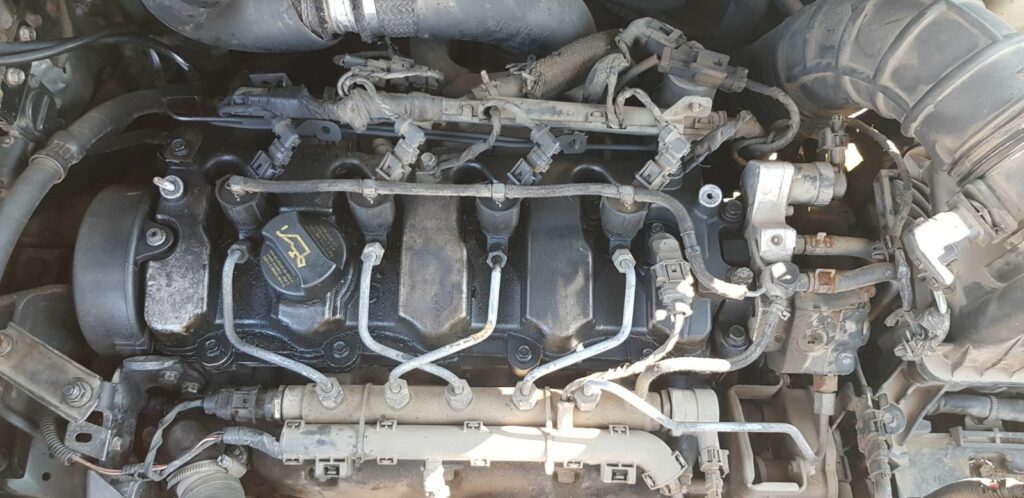
Every vehicle relies on oil to keep its engine cool and lubricated. Unfortunately, oil over time breaks down, losing its effectiveness. One of the first signs of this breakdown is increased engine noise; as oil gets thinner, it no longer cushions moving parts in the engine as effectively.
As metal components come into contact with one another, you may hear a knocking or ticking noise. Left unchecked, this increased engine noise can eventually lead to more serious issues such as decreased fuel efficiency and engine damage.
Therefore, it is essential to be aware of the low oil pressure symptoms and have your oil changed as soon as possible when these begin to appear.
3. The engine is difficult to start or it stalls soon after starting

Oil is essential for keeping an engine running optimally. Not only does it lubricate moving parts, but also dissipates heat and prevents corrosion. Without adequate oil pressure, engines begin to show signs of wear more quickly than necessary.
Low oil pressure can manifest itself in several ways, including difficulty starting the engine and making strange noises. Furthermore, if your engine warning light comes on, be sure to check its oil level and pressure immediately.
Low oil pressure can have devastating consequences for an engine, so it’s essential to pay attention and take action as soon as possible.
4. Smell of burning oil
When you smell burning oil while driving, it’s essential to take action quickly. This could be a sign of low oil pressure which could cause serious engine damage if not addressed promptly.
Anytime an engine smells like burning oil, there should be cause for concern; low oil pressure could be one possible explanation but it’s essential to identify all potential causes before making any assumptions.
You can try and diagnose the issue by checking the oil level in the dipstick. If it’s low, that could be the source of your issue. Next, examine the viscosity of the oil; if too thick, that could also contribute to low pressure from the oil.
Finally, inspect for leaks in the system; these could explain why your engine has a burning smell when running.
5. Reduced engine performance

Low oil pressure symptoms often manifest themselves as reduced engine performance. If your car’s engine isn’t performing as well as it used to, this could be indicative of low oil pressure. You might notice that your car takes longer to start or doesn’t accelerate as quickly as before.
These reduced engine performance symptoms can be caused by a number of issues, but low oil pressure is one of the most prevalent.
If you’re experiencing these signs, it’s essential that you get your car checked by an expert as soon as possible; not taking care of low oil pressure could result in serious engine damage if not addressed promptly.
6. Engine running too hot

One of the most frequent symptoms of low oil pressure is an engine running too hot. This can occur for various reasons, but one common one is that oil circulation isn’t working properly. When this occurs, cooling of the engine becomes ineffective which in turn leads to overheating.
Engine oil plays a vital role in keeping engines cool. Low oil pressure can prevent this process from taking place, leading to overheating of critical engine parts.
An increase in the operating temperature of an engine may occur depending on how low its oil pressure is. While this doesn’t guarantee overheating, it will likely be close to exceeding the allowed temperatures.
7. Low oil level
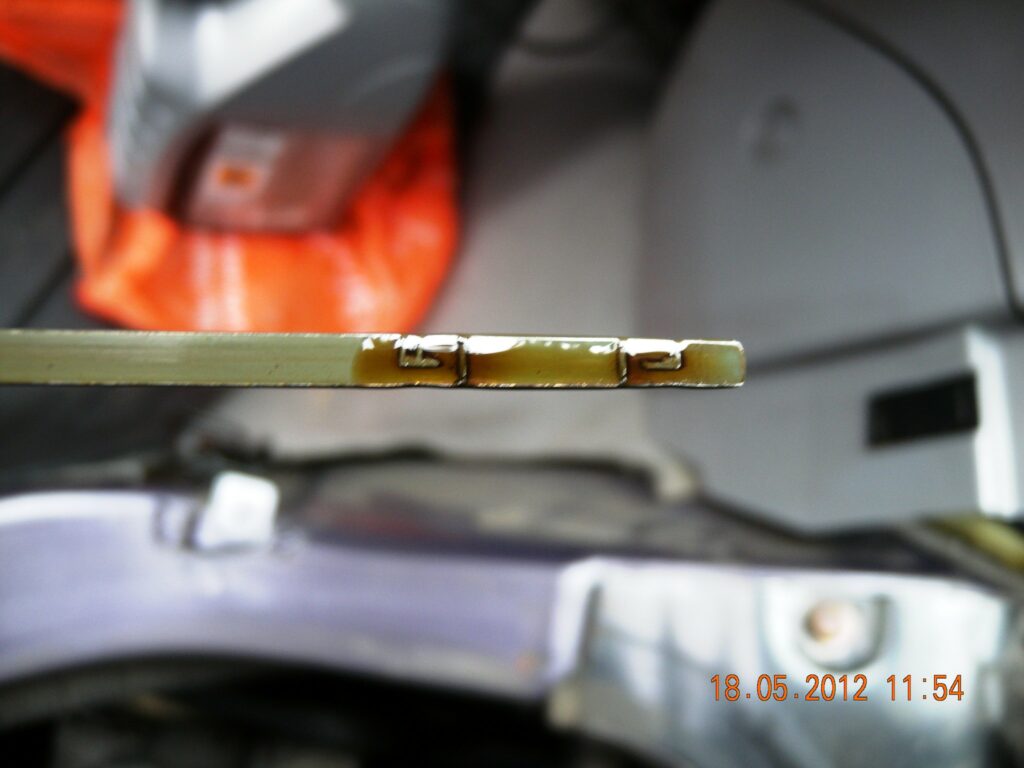
Low oil pressure can be caused by either a low level of oil or dirty oil. A low oil level will make the engine run hotter as there’s less cooling fluid available, leading to engine damage as well as decreased fuel efficiency and higher emissions.
Low oil levels indicate a lack of lubrication between the moving parts in an engine, potentially leading to overheating.
Dirty oil, on the other hand, forces an engine to work harder as it must pump through a dirty filter to get at it. This leads to decreased fuel efficiency and higher emissions from vehicles; additionally, deposits may accumulate on engine parts due to improper care.
To avoid such issues, check your oil level regularly and change it according to the manufacturer’s recommendations.
(See also: Can Low Oil Pressure Cause Misfire? No, and Here Is Why)
8. Illuminated check engine light

Oil pressure is responsible for tensioning timing belts or chains as well as pumps like fuel pumps in diesel engines. If the oil pressure drops too low, then the chain tensioner won’t do its job and the camshaft timing will be off – leading to an illuminated check engine light.
8. Complete engine failure
Low oil pressure is one of the most serious issues that can happen to a car engine. If it gets too low, it could cause your engine to seize up and shut down completely.
The most common sign of low oil pressure is experiencing an abrupt decrease in pressure while running, often accompanied by loud knocking noises or complete shutdown. Other symptoms include increased engine noise, smoke from exhaust pipes, and lack of power says Car From Japan.
How To Reset Low Oil Pressure Light
Modern vehicles often feature an oil pressure light that illuminates when the engine oil pressure drops. If this light appears on your vehicle, take action quickly to avoid serious engine damage.
Resetting this light is a relatively straightforward process – all you need are some tools and about 15 minutes of your time! Here is a step-by-step guide on resetting the oil pressure light on your car:
- Start by locating the oil dipstick and removing it from the engine. Wipe off the dipstick with a clean rag and reinsert it fully into the engine.
- Locate the drain plug underneath the engine and remove it. Make sure you have a catch pan in place to store the old engine oil.
- Next, locate the oil filter and remove it using an oil filter wrench. Discard the old filter and replace it with a new one.
- Finally, add fresh oil to the engine until it reaches the full mark on the dipstick.
Once the engine has been filled with fresh oil, start it up and allow it to idle for a few minutes. This will allow the new oil to circulate throughout the engine and reach all critical components.
After some time has elapsed, turn off the engine and check its oil level again; if necessary, add more until it reaches the full mark once again. With new oil added, the low oil pressure light should reset itself and turn off automatically once again.
Can Too Much Oil Cause Low Oil Pressure
Yes, too much oil can lead to low oil pressure. When there’s too much in the system, it cannot circulate as freely and may start foaming up. This reduced circulation leads to lower oil pressure which, in turn, causes your engine to run less efficiently or even overheat.
If your oil level appears to be higher than usual, don’t just top it off. You may need to drain some of the oil until your engine runs smoothly again and avoid any potential issues in the future. By doing so, you will help ensure your engine runs optimally and help avoid potential issues down the line.
Draining engine oil may seem like a straightforward task, but there are actually several steps involved in doing it correctly. First, warm up the engine to help the oil drain more readily. Next, locate and remove the drain plug, allowing all of the oil to drain into a catch pan. Check your engine oil level and add or drain as necessary.
(See also: Can Low Oil Pressure Cause Misfire? No, and Here Is Why)
FAQs
What are the common causes of low oil pressure?
Low oil pressure can be caused by several factors. The most common reasons include a low oil level, incorrect oil viscosity, a bad oil pump, a dirty oil filter, or issues with the oil pressure sensor.
Could a leak cause low oil pressure after an oil change?
Yes, a leak could result in low oil pressure after an oil change. If there is a leak, it’s possible that the oil could be escaping, leading to a reduction in the amount of oil and subsequently causing low oil pressure.
Can a faulty oil pump cause low oil pressure after an oil change?
A faulty oil pump can indeed cause low oil pressure after an oil change. The oil pump is responsible for maintaining the oil pressure needed for the oil to flow into the engine. If the pump is damaged, it might not be able to maintain the necessary pressure.
How does the oil level affect oil pressure?
The oil level has a direct impact on oil pressure. If the oil level drops below the minimum dipstick line, it can lead to low oil pressure. This is because there isn’t enough oil in the system to create the necessary pressure.
Can a bad oil pressure switch cause low oil pressure readings after an oil change?
Yes, a faulty oil pressure switch can cause low oil pressure readings after an oil change. The switch can intermittently deactivate and reactivate, leading to inconsistent oil pressure readings.
Is it normal to have low oil pressure immediately after an oil change?
It is not unusual to have low oil pressure immediately after an oil change because the pump then has to pressurize the system from scratch. However, if low oil pressure persists, it could indicate a problem such as a defective filter or a missing or improperly seated component.
Conclusion and final thoughts
In conclusion, experiencing low oil pressure after an oil change can be a cause for concern and should be addressed immediately.
It is important to properly follow the recommended guidelines for changing your car’s oil and to use high-quality oil and filters.
Regularly checking your vehicle’s oil levels and monitoring any changes in pressure can also help prevent potential issues.
